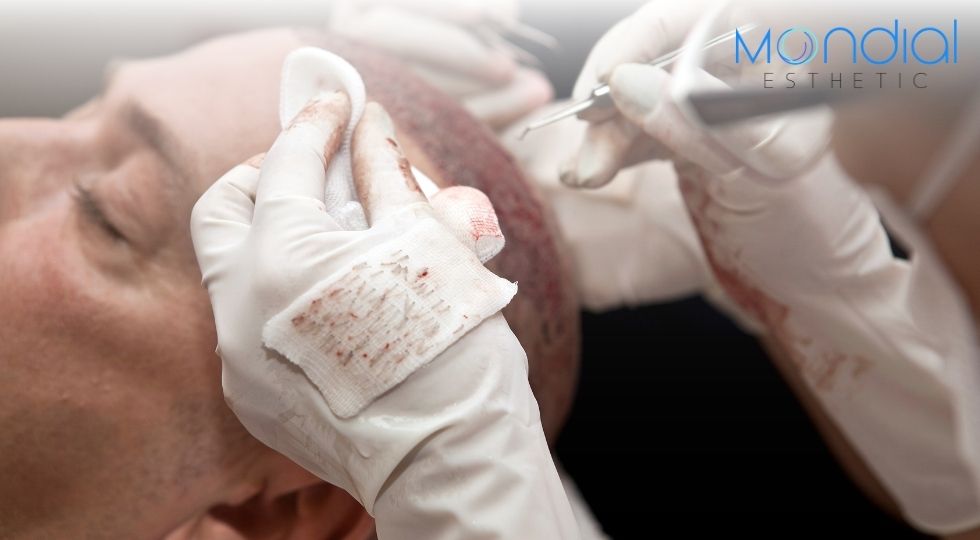Hair is considered one of the most important parts of our appearance and aesthetics. Many people want to have healthy and thick hair. However, due to many factors such as genetics, age, hormonal factors, stress, air pollution, vitamin and mineral deficiencies, hair loss and thinning are encountered in both men and women. The biggest cause of hair loss in men is genetic factors. The most common cause of hair loss problems in women is hormonal factors and deficiencies in vitamin and mineral levels such as B12 and iron. Today, it is possible to eliminate these problems with hair transplantation methods.

Who is a candidate for transplant?
Increasing hair density along with your desire and motivation for a more attractive hairline is the key to success in hair loss treatment. At the initial consultation, your surgeon will let you know if there are any factors that may limit your use of our hair replacement techniques.In general, age or gender is not a limiting factor for our hair restoration techniques. Patients aged 70 and over have had successful procedures. Individuals in their 30s who experience male-pattern or female-pattern baldness can also be successfully treated. Even younger patients can be candidates, but should be treated conservatively. Women with certain patterns of hair loss may also qualify as candidates.
The ideal candidate for hair restoration surgery has healthy hair on the sides and back of the head, which are the areas from which the grafts were taken. It's usually better to start when you're not completely bald so you can use existing hair to help camouflage the early stages of restoration.
The following people may be suitable candidates for a hair transplant:
- Individuals with well-defined male pattern baldness or female pattern baldness.
- People with hair loss due to scarring, scalp injuries or cosmetic surgery procedures.
- Those who want to restore or thicken their eyebrows, mustache or beard.
- People who have had previous hair restoration procedures.

Why Mondial Aesthetics?
Successful clinical outcomes require a combination of expertise, technology and high-quality care. Mondial Aesthetics provides world-class health services with its contracted specialist doctors and hospitals in Turkey. Contact us for information about special hair transplantation packages that include accommodation in comfortable hotels close to hospitals and clinics and airport transfers.


